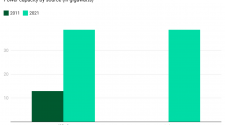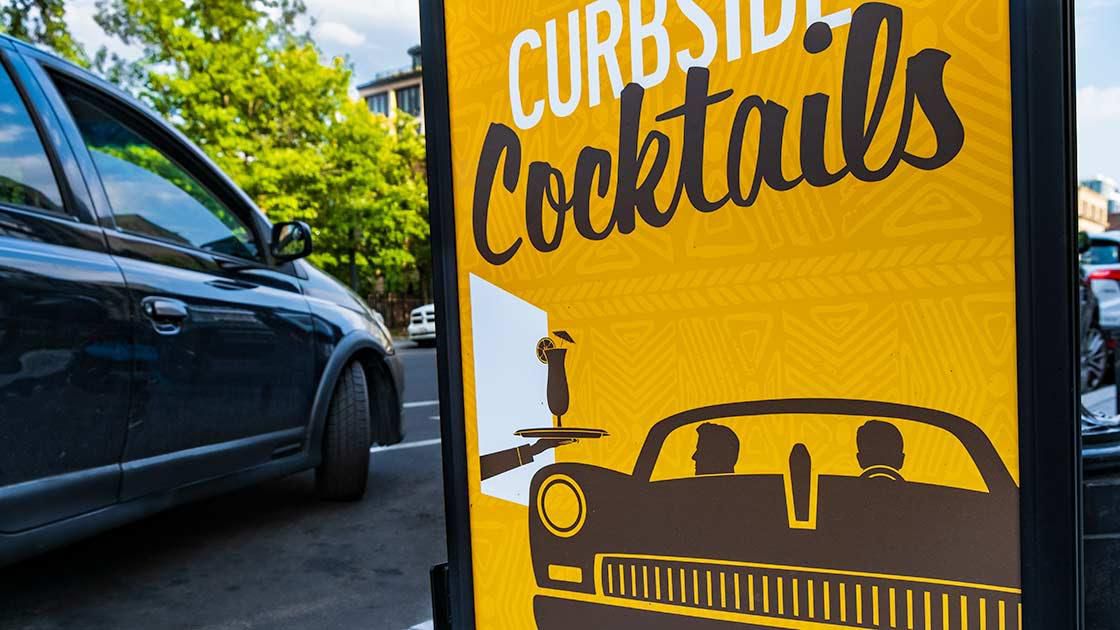Systems that stop drivers from moving a vehicle when impaired could save more than 9,000 lives a … [+]
Insurance Institute for Highway Safety
Drunk driving remains a major issue in the United States. Alcohol has been a factor in about 30 % of traffic deaths every year for the past decade, and police arrest about a million people a year for driving under its influence.
But technology that stops drivers from moving a vehicle when impaired could prevent more than a quarter of the country’s fatalities and save more than 9,000 lives a year.
Those are the highlights of a new study released on Thursday by the Insurance Institute for Highway Safety, a nonprofit financed by the auto industry. The report examined the life-saving potential of vehicle-based alcohol detection systems that disclose the percentage of alcohol in the driver’s blood if it is higher than a predetermined limit.
“We haven’t made much progress in the fight against drunk driving since the mid-1990s,” Charles Farmer, the institute’s vice president of research and statistical services and the author of the paper, said in a statement. Detection technology “is something that could put a real dent in the alcohol-impaired driving problem.”
The study analyzed crash data in which alcohol was detected in the blood of at least one involved driver to assess the impact systems could have to block drivers based on a number of scenarios, including those with: any alcohol in their blood; blood alcohol content (BAC) above 0.08 % (the legal limit in most states); and alcohol-impaired driving convictions.
Researchers determined that about a fourth of the total number of crash deaths could have been prevented during the three year study period between 2015-2018 if the BAC levels of the most impaired drivers had been below 0.08 percent. If the same drivers had a BAC of zero, nearly a third of the total deaths, or about 12,000 a year, might have been averted.
Currently, technology exists for an ignition interlock that is attached to a breath-testing unit. Many jurisdictions already require these for people convicted of alcohol-impaired driving, the report said. Earlier research has shown that drivers are less likely to repeat offences when they are required to have an interlock, and laws mandating them for all impaired-driving offenders reduce alcohol-involved crashes, according to the Insurance Institute.
The report said the fastest way to ensure that detection technology is widely implemented to combat the drunken driving problem would be through federally mandated regulation.
(Some manufacturers, including Volvo, have already experimented with offering the technology as optional equipment, researchers said.)
In addition, the report said that it is possible that manufacturers could accelerate making the technology standard in advance of legislation, as was the case with side airbags and automated emergency braking.
The Driver Alcohol Detection System for Safety (DADSS) project, a public-private partnership between the National Highway Traffic Safety Administration and the Automotive Coalition for Traffic Safety, funded by automakers, is road-testing a passive alcohol sensor that detects the driver’s BAC by measuring the ambient air in the vehicle. (The Insurance Institute is among the safety organizations that serve on an advisory panel to the project.)
The DADSS project said it expected that some manufacturers will begin offering the ambient-air-based system as an option as early as 2025.
A survey of U.S. drivers from a number of years ago indicated that nearly two-thirds said they would support the installation of alcohol-detection systems in all vehicles, as long as they were fast, accurate and unobtrusive, but less than half of the respondents said they’d be willing to pay extra, even if a system cost less than $500.
The report concluded that even if alcohol detection systems were required as standard equipment in all new vehicles beginning this year, due to the number of older vehicles on the road, it will take 12 years before they become common enough in the U.S. to save 4,596 lives a year — less than half their potential. “If vehicle-based interventions are instead voluntary or introduced as options, then progress toward a solution will be much slower,” the report noted.
“A lot of safety features that start out as options quickly come to be seen as essential,” Farmer added. “It will take time for this technology to reach its full potential, but it is an important part of the overall strategy to reduce impaired driving.”
For more information, click here and here. To download the full report, click here.

















